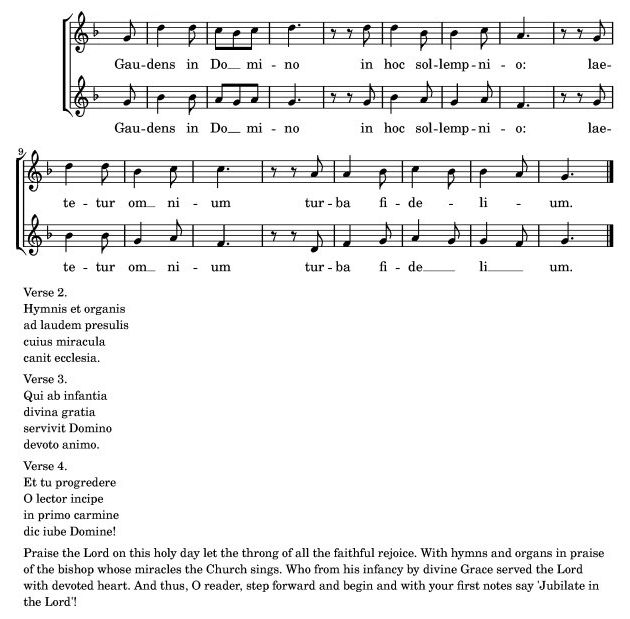| Conductus In contrast to the polyphonic motet and organum, the Notre Dame school composed also music with a homorhythmical design: the conductus, probably music accompanying a procession. We can discern the following features:

|
| Conductus In contrast to the polyphonic motet and organum, the Notre Dame school composed also music with a homorhythmical design: the conductus, probably music accompanying a procession. We can discern the following features:

|